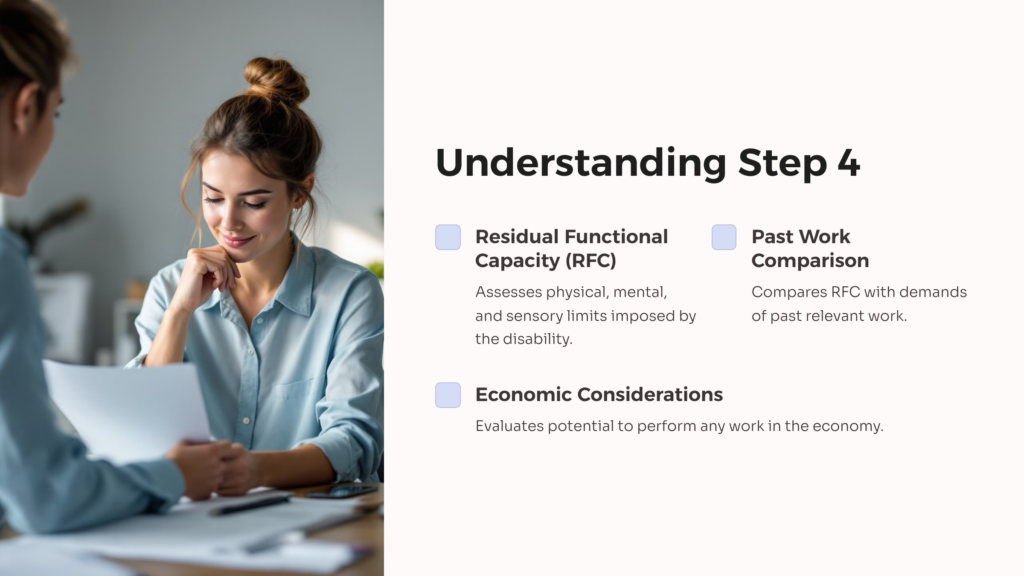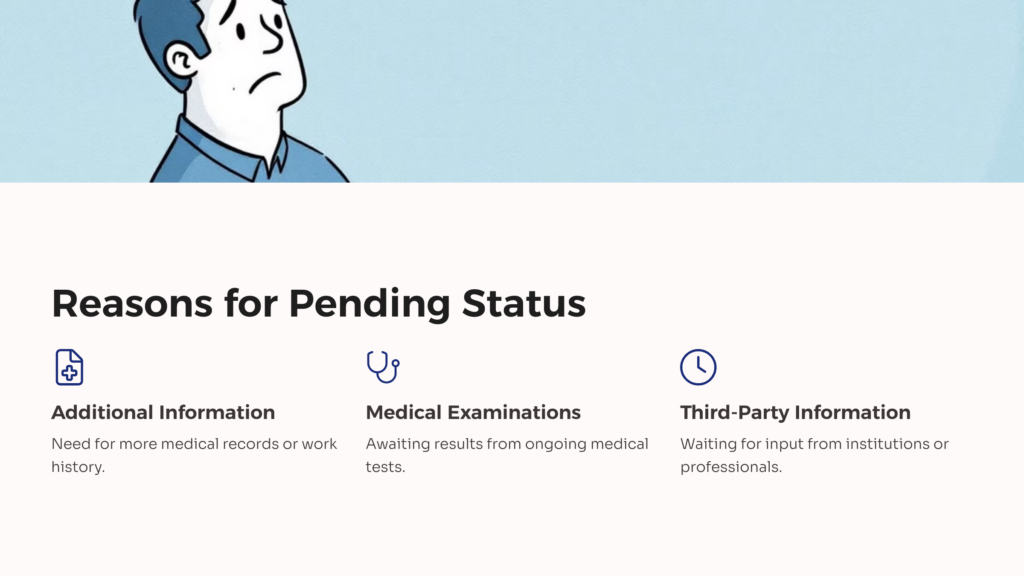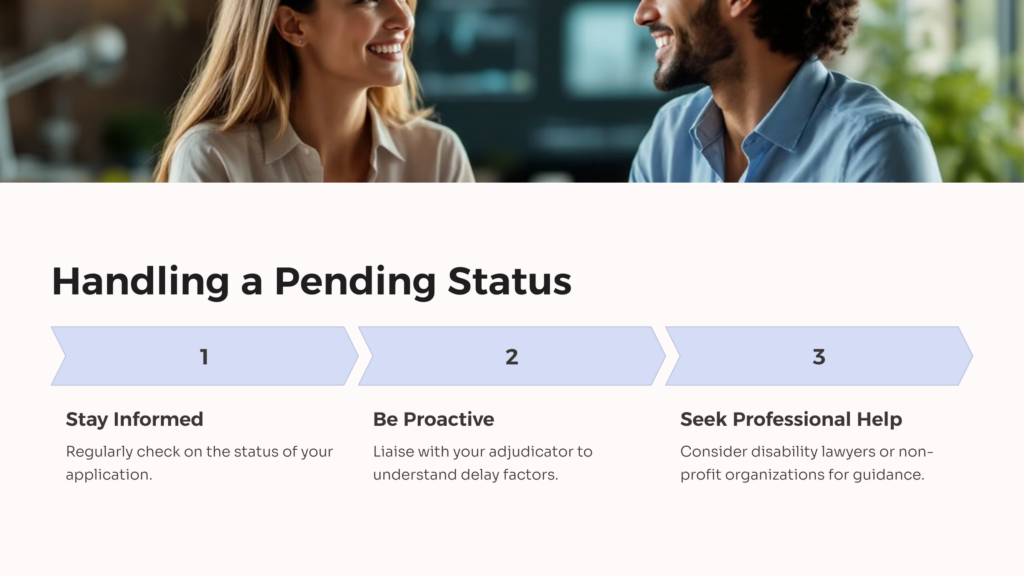I. Introduction
The process of disability determination is an essential aspect of the Social Security Administration disability benefits program. It plays a crucial role in determining the eligibility of an individual to receive services, support, and benefits associated with their disability status to ensure that those who need them the most get them. Unfortunately, the process is often complex and involves several key steps that can be daunting for disability applicants unfamiliar with the system.
The process involved in disability determination commonly includes a five-step process, namely:
(1) reviewing the disability application,
(2) validation of disability documentation,
(3) conducting a physical or psychological evaluation,
(4) determination of potential to perform past work or any other work, and
(5) making a final decision about the benefits. Each of these steps is critical and serves a unique role in the process. A pending status for any step, especially Step 4, can greatly affect the final determination and result.
II. Understanding the Disability Determination Process

The disability determination service process is a series of interconnected steps designed to ensure fair and accurate judgment when awarding Social Security disability benefits. The steps begin immediately when someone submits an application and documentation for a disability claim. The disability determination team begins by initially reviewing the application to ensure it is filled out correctly and that the claimant has included sufficient documentation of their disability.
The importance of each step cannot be understated. While each step has specific requirements and implications, a delay or pending status at Step 4, which pertains to the determination of the individual’s capability to perform any past work or any other type of work in the economy, can prove challenging and stressful to the applicants. This step is essential, as it assesses the individual’s capacity and resilience, meaning how they are impacted by their disability and to what extent it restricts their potential to carry out work activities.
III. Deep Dive into Step 4: Determination of Potential
Step 4 in the disability determination process pertains to the determination of an individual’s capacity to perform past work or any other work in the economy. In this step, the analysis focuses on the claimant’s Residual Functional Capacity (RFC), considering the physical, mental, and sensory limits imposed by the disability. These functional parameters will then be compared with the physical and mental demands of their past relevant work.
Progressing from Step 3 to Step 4, the claimant may encounter a status identified as “pending.” This status signifies that the determination process at this step is not yet complete and specific outstanding issues must be resolved before proceeding.
IV. Reasons for a Pending Step 4 Status

The reasons why a Step 4 determination might be pending are numerous. These could include the need for additional information or medical records, awaiting results from medical examinations, or the necessity for further background or work history. This delay could also be because the Social Security Administration is awaiting information from third-party institutions or professionals who are assisting in the disability determination service.
A disability determination pending status, especially at Step 4, could lead to uncertainties and anxiety for disability applicants. It implies the claimant’s disability benefits are in a state of limbo, not denied but not yet approved. While this status is normal in the process, understanding why it occurs can provide some peace of mind.
V. Impact of a Pending Status on Disability Benefits
A pending Step 4 status in the disability determination affects the speed at which disability benefits are decided and potentially disbursed. The longer the status remains pending, the longer the claimant may have to wait for eligibility approval and subsequent benefits.
Moreover, this pending status could affect potential payouts, as benefit calculation will depend on how soon the Social Security disability claim gets approved. An extended delay might influence the final decision and the ultimate benefit amount, which can cause undue stress for disability claimants who are counting on these funds.
VI. How to Handle a Pending Step 4 Disability Determination

For those experiencing a pending Step 4 disability determination, there are necessary actions one can undertake. Primarily, staying informed and proactive is essential. Claimants should liaise with their adjudicator regularly to check on the status and understand what factors may be causing the delay.
Professional advice or resources can be considered if the delay is extended or the process becomes too complex to navigate independently. A disability lawyer who specializes in disability law can provide insight and help expedite the process. Various non-profit organizations also offer support services and guidance to individuals dealing with disability claims and appeals.
VII. Conclusion
The disability determination process is multifaceted and complicated, with each step significantly impacting the overall judgment. Step 4, in particular, harbors specific significance as it delves into the individual’s potential work capacity despite the disability. A pending status at this stage can leave claimants feeling uncertain and stressed.
Patience, knowledge, and professional guidance are key mitigating factors for those facing a pending Step 4 status in their disability determination journey. By staying active, informed, and seeking professional advice when necessary, claimants should ultimately find a resolution, one way or another.
 AllVeteran.com Advisors
AllVeteran.com Advisors
With expertise spanning local, state, and federal benefit programs, our team is dedicated to guiding individuals towards the perfect program tailored to their unique circumstances.











